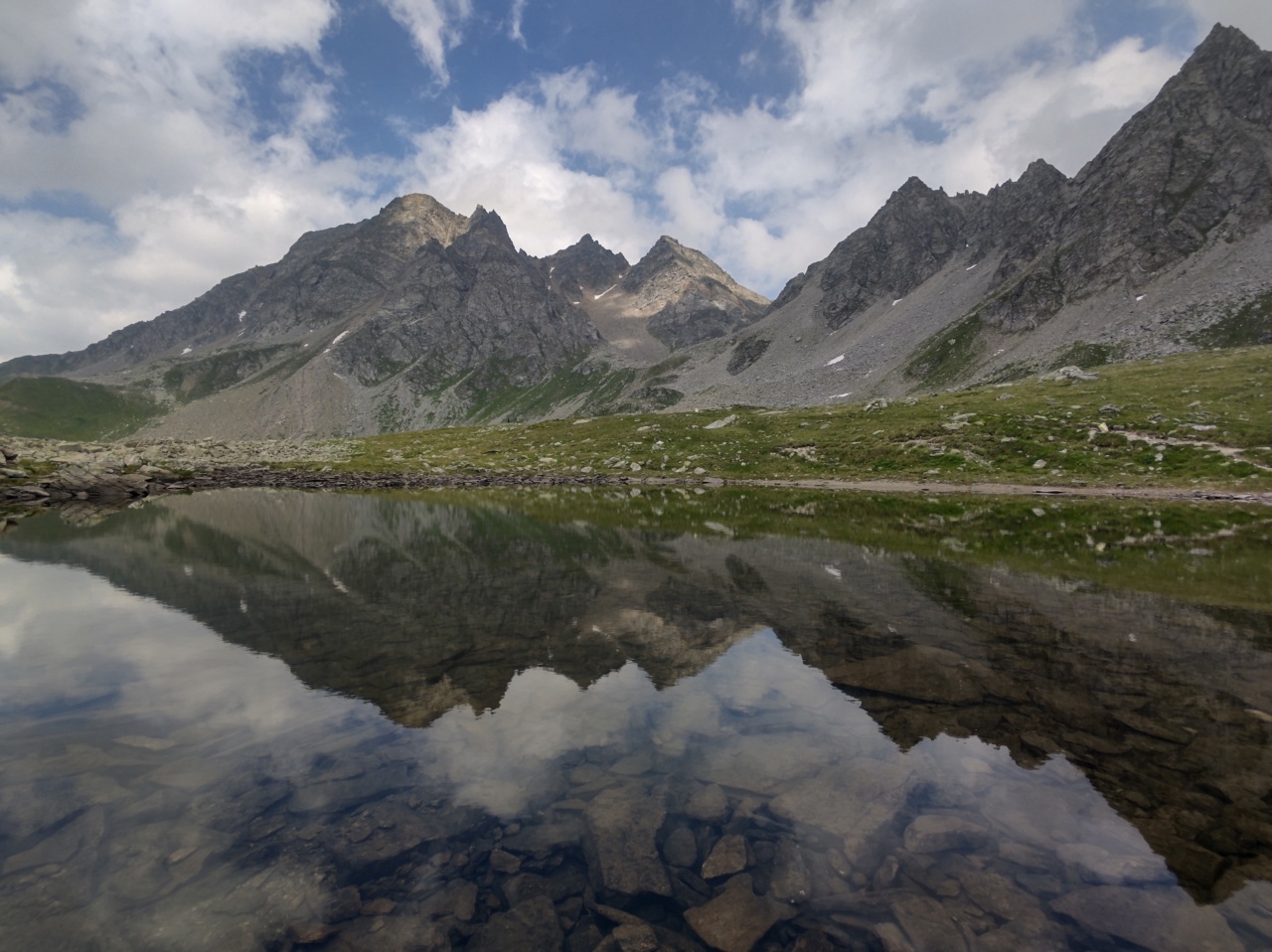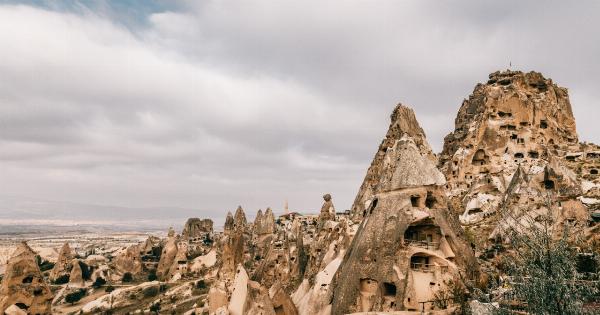The Carpathia Mountains are a beautiful and rugged mountain range that runs through several countries, including Romania, Ukraine, and Slovakia. The range is known for its dense forests, rushing rivers, and pristine lakes.
In this article, we’ll explore the waters of the Carpathia Mountains, from the highest peaks to the depths of underground rivers.
The Mountain Lakes
One of the greatest treasures of the Carpathia Mountains is the collection of alpine lakes that dot the higher elevations. These crystal-clear waters are fed by snowmelt and are often surrounded by fields of wildflowers.
Some of the most famous of these lakes are found in the Retezat Mountains of Romania.
The largest and most well-known of these is Lake Bucura, which is over a kilometer long and up to 7 meters deep. The lake is surrounded by towering peaks, including the highest in the range, Peleaga.
It’s a popular spot for hikers and campers, who come to take in the stunning views and clean mountain air.
Other notable lakes in the Carpathia Mountains include Lake Morskie Oko in Poland, which is the largest and deepest lake in the Tatra Mountains, and Lake Braies in Italy’s Dolomite Mountains, which is a popular spot for kayaking and swimming.
The Rivers and Streams
While the mountain lakes are certainly a highlight of the Carpathia Mountains, the real star of the show may be the rivers and streams that flow through these rugged landscapes.
One of the most iconic rivers of the Carpathia Mountains is the Danube, which begins in Germany’s Black Forest and flows through 10 countries before emptying into the Black Sea.
Along the way, it passes through several key cities, including Budapest and Vienna, and forms much of the border between Romania and Bulgaria.
But there are many smaller, lesser-known rivers and streams that are equally deserving of attention. For example, the Bistrița River, which flows through Romania and Ukraine, is known for its excellent fishing, particularly for brown trout and grayling.
Meanwhile, the Tisza River, which flows through Ukraine, Romania, Hungary, and Serbia, is one of the last great wild rivers of Europe, home to a wide range of fish and bird species.
And then there are the thousands of smaller streams and creeks that flow through the forested hills of the Carpathia Mountains, each one unique and full of surprises.
Some are quiet and serene, barely a trickle over rocks and moss, while others are raging torrents that cut through the landscape with incredible force.
The Underground Waters
It’s not just the surface waters of the Carpathia Mountains that are worth exploring, either. There is also a vast network of underground rivers and cave systems that lurk beneath the surface, waiting to be discovered.
One of the most famous of these is the Optymistychna Cave in Ukraine, which is home to one of the longest underground rivers in the world.
The river runs for over 230 kilometers through a complex network of tunnels and caverns, including a massive cavern known as the “Crystalline Chamber.”.
Closer to home, in the Apuseni Mountains of Romania, there are dozens of underground rivers and caves to explore.
One of the most popular is the Scarisoara Ice Cave, which is home to a massive ice block that has been slowly growing for thousands of years. Visitors can tour the cave and even walk on the ice block itself.
The Importance of Protecting these Waters
The waters of the Carpathia Mountains are incredibly important from an ecological and cultural perspective. They are home to a wide range of plant and animal species, many of which are found nowhere else on Earth.
They are also vital sources of drinking water for many communities, both rural and urban.
Unfortunately, these pristine waters face a wide range of threats, including pollution from industrial and agricultural sources, overfishing, and habitat destruction.
In recent years, there has been a growing movement to protect these waters, through initiatives such as the Carpathian Convention and various grassroots conservation efforts.
It’s up to all of us to do our part to protect these valuable natural resources for future generations to enjoy.






























